Knowing how to get rid of chipmunks can prevent these cute creatures from infesting your yard. When I say chipmunks, you probably think of the Disney comedy trio of Alvin and the Chipmunks, or perhaps Chip and Dale. However, in real life, the chipmunk’s opinions differ slightly from Disney’s.
While these mammals are really cute and fluffy, they can quickly turn into a pest if one finds their way into your garden, just like Squirrels. Their burrows can damage flowerbeds as well as foliage, leaving behind a mess while foraging. The good news is that there are ways to deal with chipmunks without harming them.
Here, we’ll break down step-by-step what you need to do to discourage chipmunks from visiting your yard. If you’re not sure if you’re dealing with a chipmunk in the first place, we’ll also cover the telltale signs of a chipmunk infestation. Here’s how to get rid of chipmunks safely and humanely.
1. Remove obvious food sources
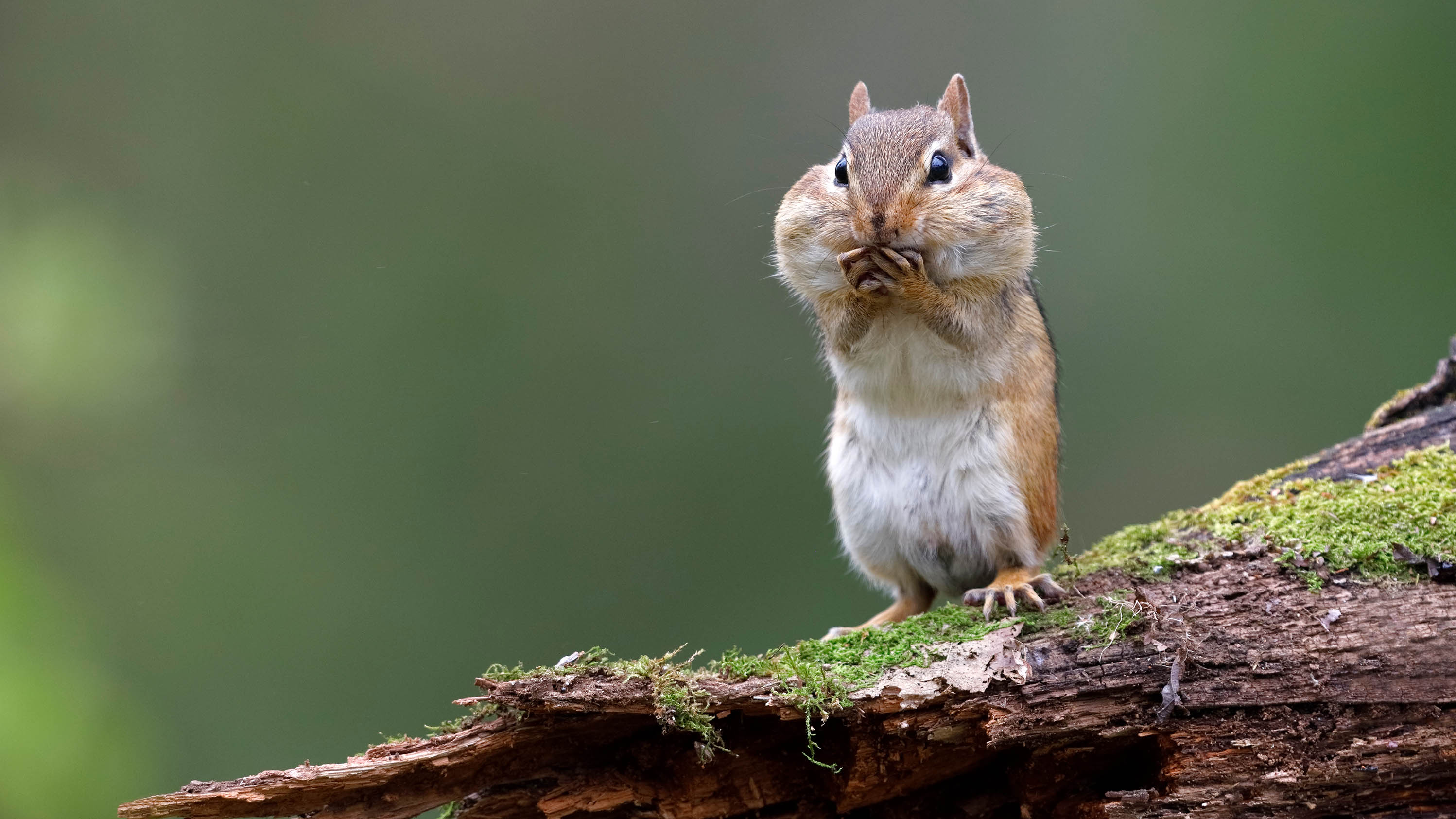
First, the chipmunks have probably taken up residence in your yard because there is easy access to a tasty food source. Chipmunks feed on fruits, vegetables, nuts, and seeds as well as insects, so there is often a selection of options available to them.
Take a look around your garden and see if there is an abundance of food. For example, if you often leave bird seed scattered in your garden or leftover pet food out in the open, you’re ringing a dinner bell. The same is true of any plants or trees that have grown fruits and vegetables that are ripe for picking. Make these food sources less accessible or eliminate them altogether.
For example, seal any pet food in airtight containers and feed birds via a designated, secure feeder. It’s important that the feeder be squirrel-proof—squirrels can climb trees, so just because it’s hung doesn’t mean it’s safe. You can use the Perky-Pet Squirrel-Be-Gone Max Large Wild Bird Feeder ($39.99, Amazon) as an example. Be sure to pick up any fruit that has fallen to the ground immediately as well.
2. Tidy up your yard
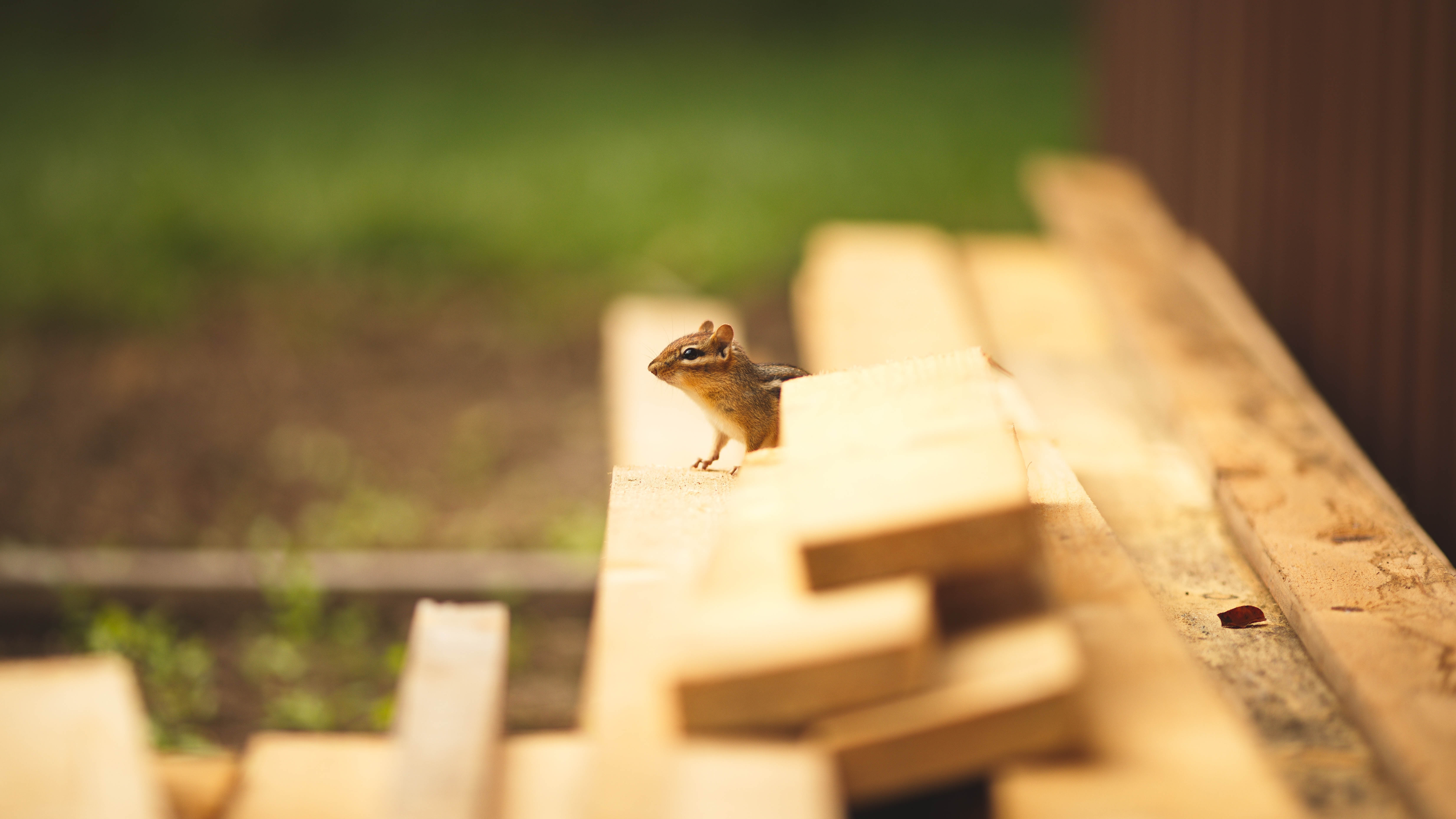
Shelter is another thing that chipmunks will likely invite to your garden. If there are plenty of areas for predators to hide from, they feel more secure when they come out of their burrows. Chipmunks tend to hide under piles of wood or rock structures as well as bushes – all of which can be attractive. Remove as much as you can and give yourself as much visual ground clearance as possible.
For the same reason, take the opportunity to put your garden in order. If you leave piles of leaves or large debris lying around, you are only encouraging the squirrel to enter that space. Plus, a messy yard can attract all sorts of other pests for the same reason as well. mosquitoes I love standing water, though Raccoons He will take advantage of any rubbish.
3. Protect your plants
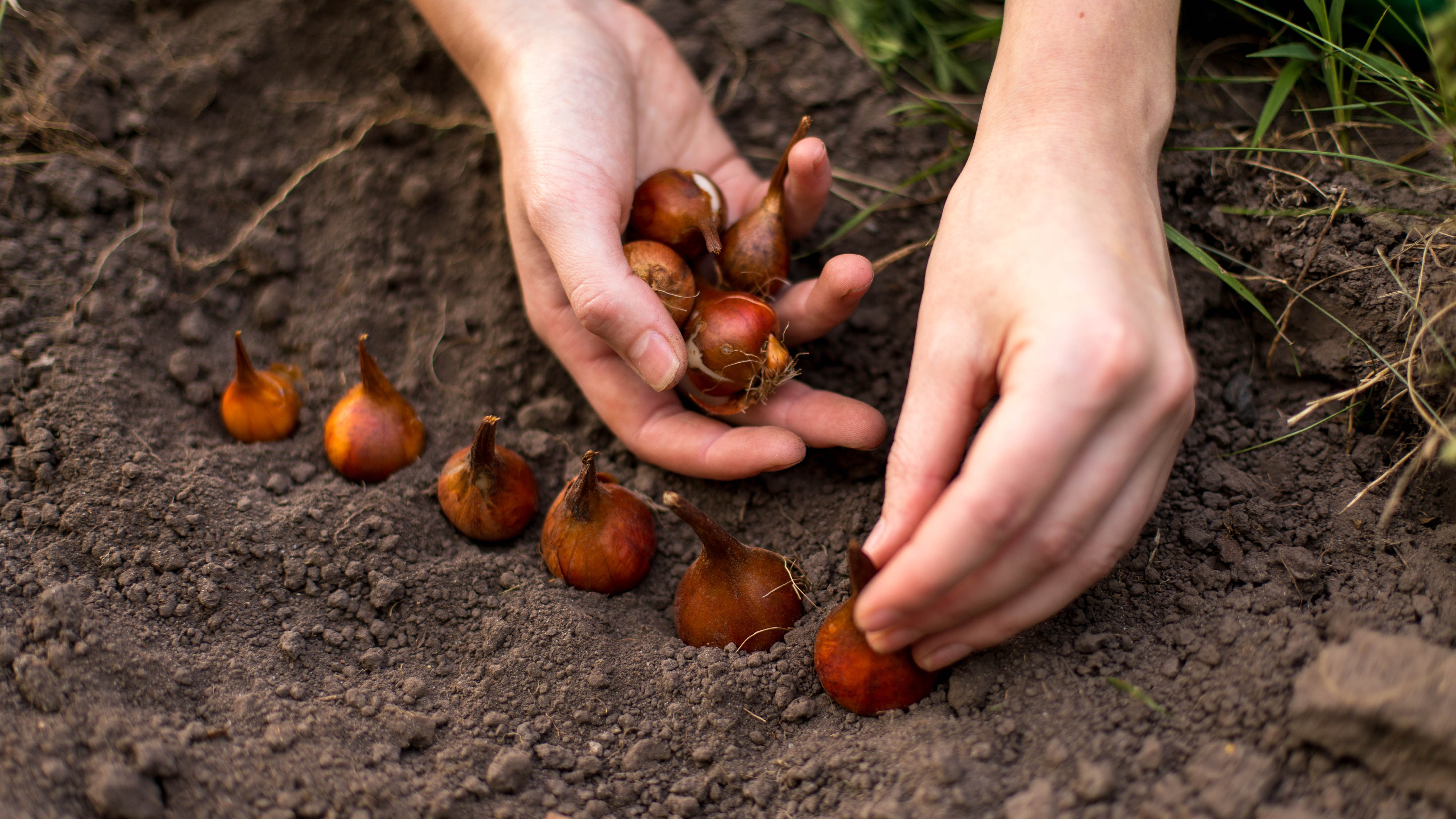
As mentioned in the first point, you need to remove all food sources. One way to do this is to protect any plants and bulbs that might attract squirrels. You can do this by installing bulb cages around any weak bulbs, an example of this is Vole King Plant Baskets ($28.99, Amazon). You can also make a DIY version using an inch piece of fabric. Remember to leave a layer on the surface as well – you can weight it down with rocks if needed. If the squirrel is stealing fruit from the branches, you can also try building protection around the plant itself, such as Boldworks Garden Cloche plant guards ($149.97, Amazon).
If you want to take things a step further, you can improve the protection of your yard as a whole. By installing an L-shaped barrier underground around the perimeter, this will actively stop squirrels from burrowing under it. You can use a layer of wire mesh to achieve this. It should be at least a foot deep and at a 90-degree angle away from the area you want to protect.
4. It made the squirrel uncomfortable

There are several methods you can use to make your yard less attractive to chipmunks. First, you can convince them that predators are nearby. A decoy predator can help with this, such as the GiftExpress 2 Pk 15.5″ Scarecrow Owl Decoy ($29.99, Amazon). Although keep in mind that this can also scare away birds.
Chipmunks generally don’t like cats or dogs either, so feel free to let your furry family members mark their territory in the yard. If you don’t have a pet, you can buy fox or coyote urine that you can spray around, eg PredatorPee Original Coyote Urine ($25, Amazon).
Alternatively, you can try an ultrasound electric deterrent. These devices will emit high frequency sound on a regular basis. Such a noise disturbs the squirrel and then prevents it from returning. For example, you could try the solar-powered NIKAND Gopher Repellent Ultrasonic stakes ($19.95, Amazon). You can also find motion-activated sprinkler systems that will smother chipmunks upon detection.
Another way to deter chipmunks is to plant plants they prefer to stay away from, including daffodils, lavender, marigolds, and onions. Each emits a scent that the squirrel can’t stand. Plus, they can deter more pests than one. here 7 plants that prevent mice and rats from infesting your home.
If all of the above fails, there are also non-lethal repellents you can spray around your yard. Just remember to reapply this as often as necessary, especially if it rains.
5. Trap them in a humane manner
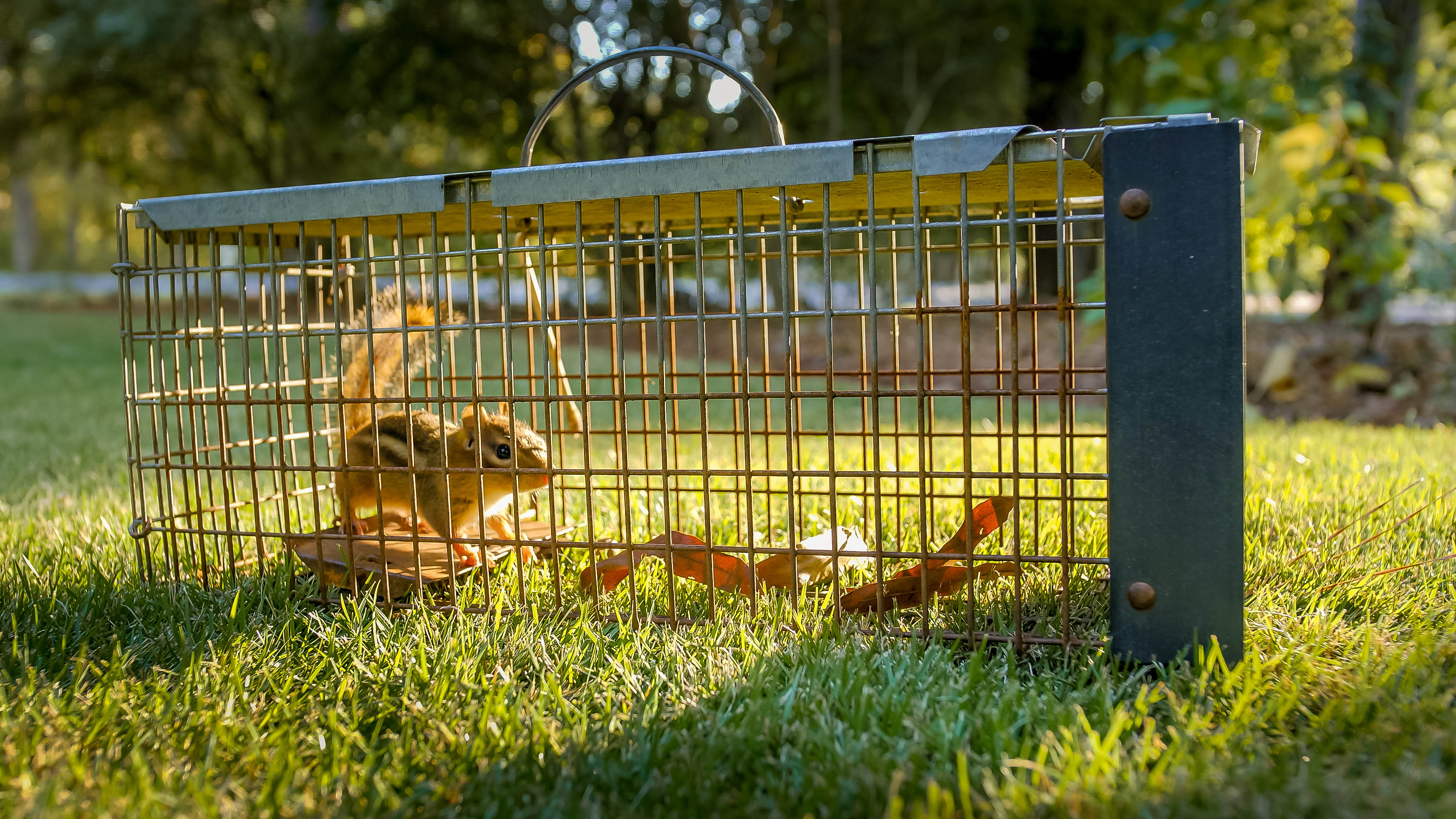
If the squirrel still won’t leave your flowers alone, you can trap them without harming them. Live traps are widely available for purchase from major stores, as you will have to feed each one yourself and then check regularly (at least once a day), if you are successful. We recommend purchasing a one- or two-door trap that is approximately 20 inches long. For bait, you can use peanut butter, cottage cheese or cereal. Both of these will be effective.
Patience may be required until the squirrel has grown confident enough to explore this space, so give it time. Make sure to place it in an area that you are confident the squirrel will frequent as well. Once you catch a squirrel, feel free to release it a good distance from your yard — at least 5 miles in a quiet wooded area ideally. Make sure to wear gloves when handling the trap.
Be sure to check local laws before trapping and releasing a squirrel. In some municipalities, this may be illegal. You can always call local pest management companies to be sure.
How to tell if you have a squirrel
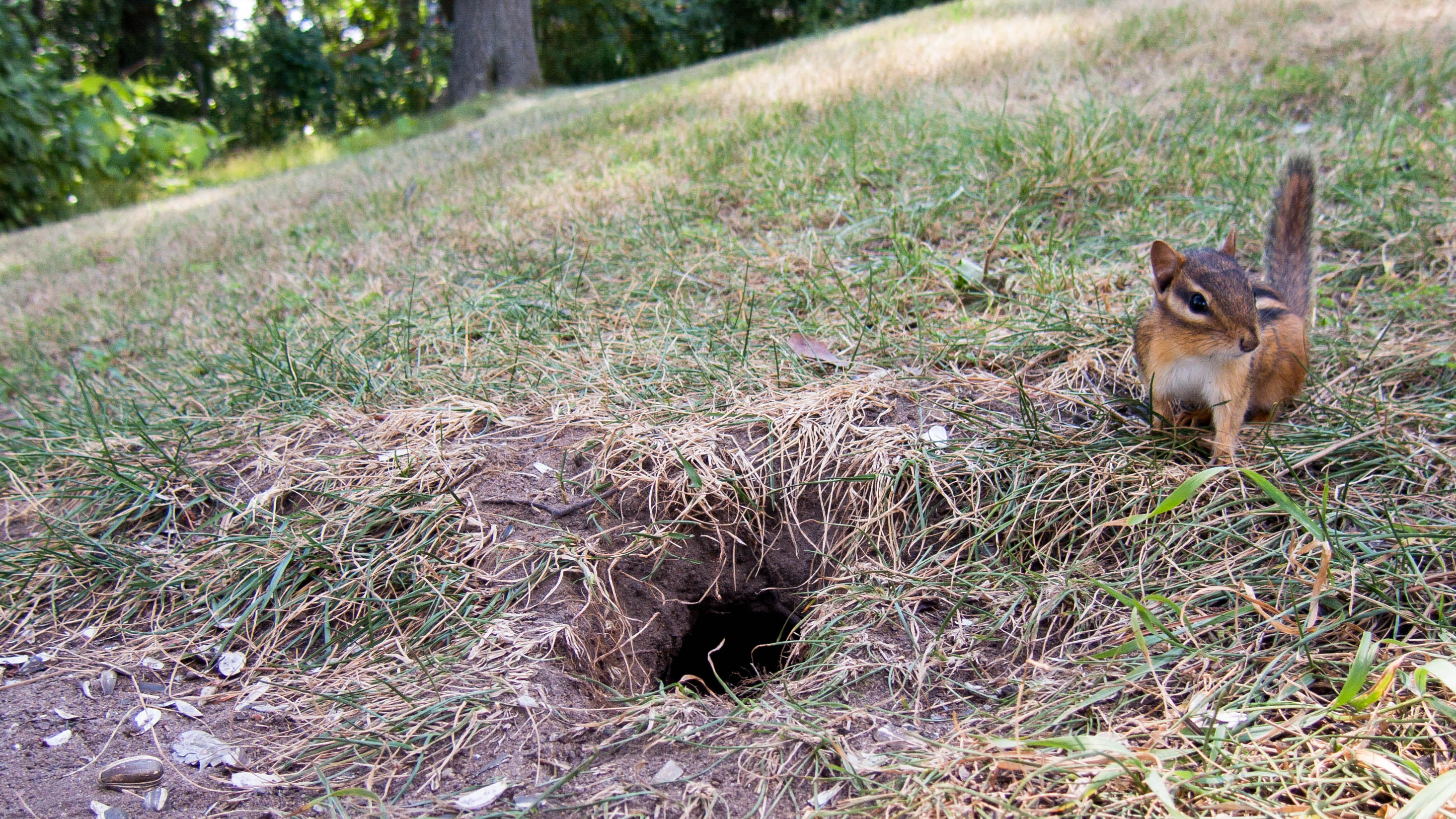
There are several long standing signs that a squirrel has made a home in your yard:
- Small holes (about two inches in diameter) develop along your home’s foundations or against driveways. No earthen mounds will appear above the ground, as is the case for moles.
- Signs of damage to your plants and leaves. Bulbs may be uprooted. Flower beds may be destroyed as they dig.
- You might hear a squirrel outside – these mammals chow, chuck and squirm when they spot predators.
- You may discover small footprints in the soil as evidence of squirrels.
More Tom’s guide
[ad_2]




